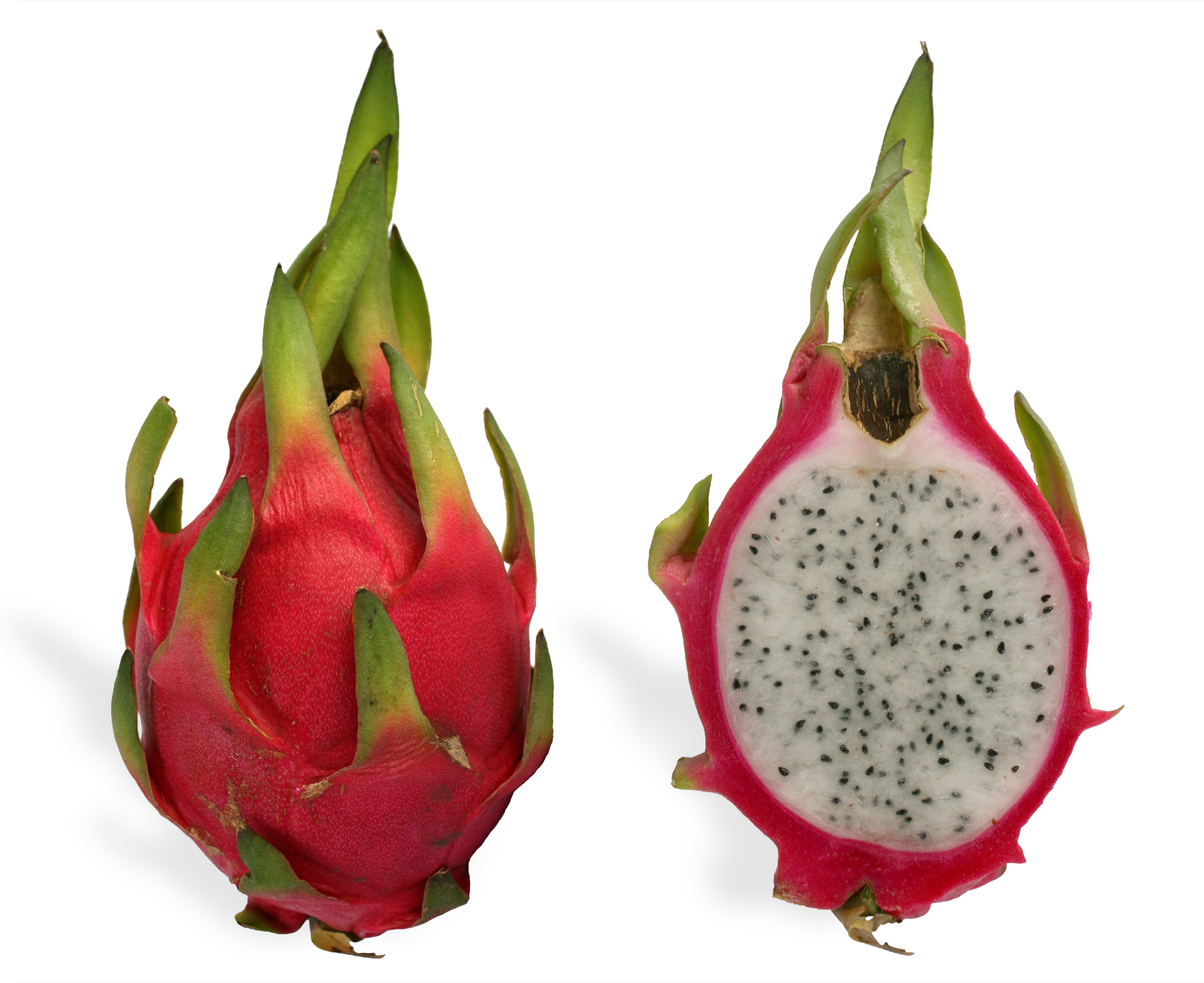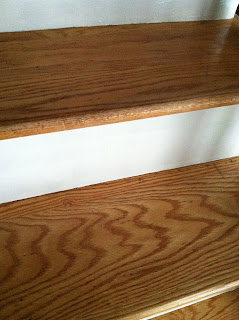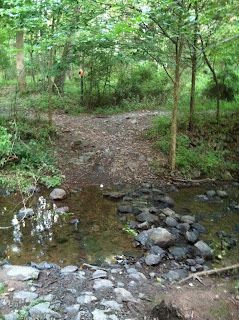So, I finally lost it. And by it, I mean my spray paint virginity. I'm no stranger to painting, ya know, when you dip a brush into some goop and spread it on to the desired surface as evenly as possible. I considered painting this old, rusty, found shepherd's hook with metal primer and oil paint, but with all the little nooks and crannies I decided it was time to just man up and to spray it.
Before
Originally I wanted to go with oil rubbed bronze, to "match" the door handle and light, but my local big box big store didn't seem to carry it so I settled for "hammered brown". Truthfully, the hammered texture is a lot subtler than I thought it would be, and for that I'm thankful.
After
Not perfect, but I don't care.
The petunias were $4 or so, and worth it just to tide me over until next year when I can do my own thing. I want plants trailing down to the ground!
So, tips. Other than follow the instructions, I repeated this mantra: "If you're a-sprayin' your arm better be a swayin'." (Obviously from YHL!) It really helped to make the paint go on evenly and without drips. If you spray full strength ahead at any one part, you're bound to get drips. Keep your arm moving and a thin later of paint will be deposited. The more thin coats, the better. When you're satisfied with the coverage, leave. Just leave and let it dry. Oh, and you have better been wearing a mask and eye protection while using the stuff.
As for prep, I sanded down the very rough parts and then hosed it down and let it dry. There are still a few uneven spots, but they're covered in paint now so further oxidation isn't an issue right now. You'd have to get pretty close to the hook to see the uneven spots, and if you did I would ask why are you so close to my shepherd's hook.
Now, for the mystery violas! Last year, right before Hurricane Sandy, I planted many pansies. I planted both the cheaper regular type and "cool wave" pansies. Of the two, the cheaper ones are much better in the ground, and the cool wave in planters. The cool waves, as a groundcover, were cool in theory and did well... up until a point. Then they got leggy and awful looking, but it was almost summer anyway, so I guess their time was up. I'd recommend them for planters rather than the ground. Their real strengths are the spring after looking awful all winter (nobody can blame them). Can we do a before and after? Let's go for it.
Immediately after planting
Early spring
Pansy Peak
I like this pansy trick. Plant these anemic looking little things in the fall, have a few blooms until it gets real cold, and then in the spring you'll be in pansy heaven. Nobody believed me that they would live through the winter, and especially not in a galvanized planter, but I proved them wrong. An elderly neighbor even stopped by and bent down and touched them "to make sure they are real". It wasn't even hard to overwinter them. I threw snow on them when it snowed or gave them water when the soil got dangerously dry. They didn't look so good, but they were green and supple. Sleeping, I guess.
Anyway, the point. The pansies reseeded!! So now I have some mystery violas.
Viola x ???
This is pretty exciting stuff, to me. Pansies are hybrids, so I have no idea how these will turn out, but I guess time will tell. In the meantime I guess I'll find another galvanized planter and do it all again.


































